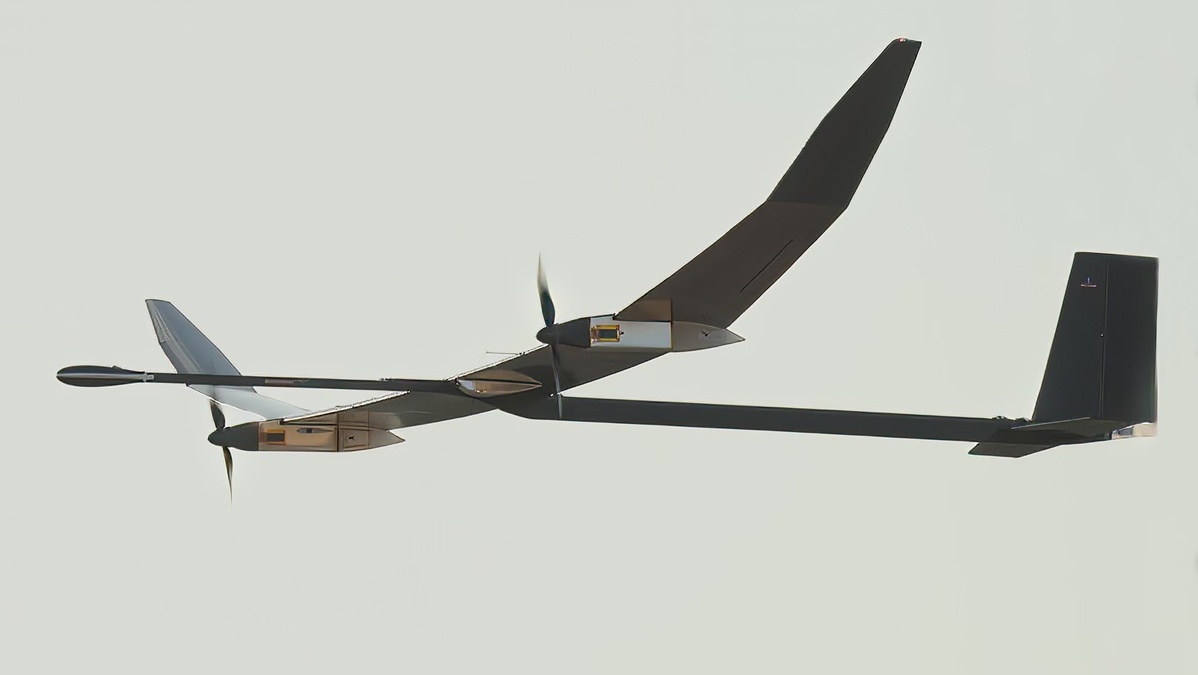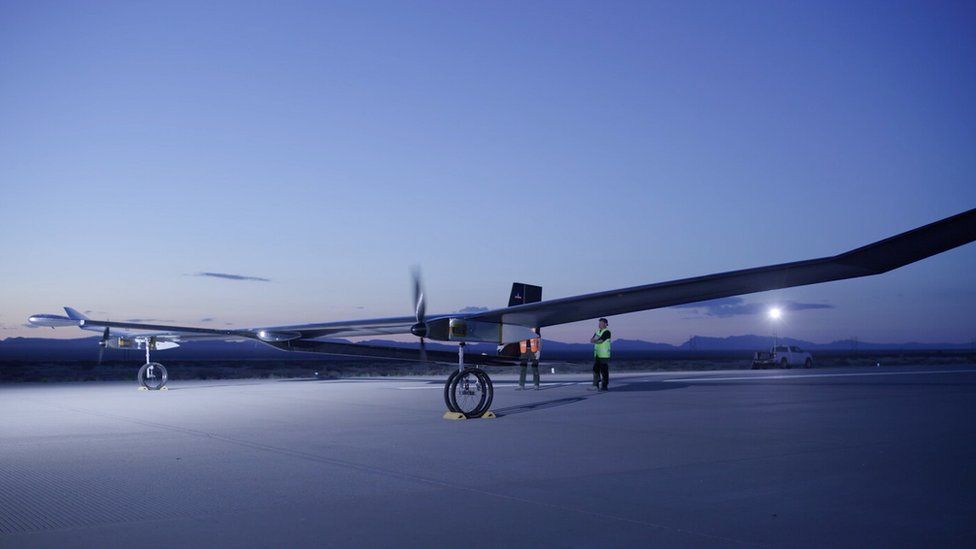BAE Systems has conducted a 24-hour flight test of the PHASA-35 drone, which will be able to fly in the stratosphere for a year without landing

BAE Systems this month conducted a flight test of the PHASA-35 unmanned aerial vehicle. As part of the test, the drone was in the air for 24 hours, but the final version will be able to fly 365 times longer.
Here's What We Know
PHASA-35 tests took place in the state of New Mexico, USA. The drone flew for 24 hours, climbing to an altitude of approximately 20 kilometres before landing successfully. BAE Systems engineers were able to evaluate the performance of the drone powered by solar panels.
PHASA-35 is bridging the gap between air and space ????️
- BAE Systems Air (@BAESystemsAir) July 14, 2023
Over a 24-hour period, PHASA-35 soared to more than 66,000ft, reaching the stratosphere, before landing successfully.
Find out more: https://t.co/vot1sXVhb2 pic.twitter.com/ED5rrrOoAfh
The PHASA-35 was developed by Prismatic Ltd and made its first flight three years ago. Work on the drone began in 2018. The drone has a wingspan of 35 metres and can carry up to 15kg of payload. The drone stores energy from the sun during the day and uses it at night to continue flying.
The huge wings are necessary to install the right number of solar panels and provide the required lift in thin air conditions. It should also be noted that in the stratosphere PHASA-35 has to operate at -40 degrees Celsius and under the influence of solar radiation, which is not favourable to the stable functioning of electronic components.

BAE Systems believes in the drone's success. The company plans to put the PHASA-35 into service at the end of 2026. Meanwhile, European concern Airbus predicts that the stratospheric services market will reach $200bn over the next 10-12 years.
Source: BAE Systems